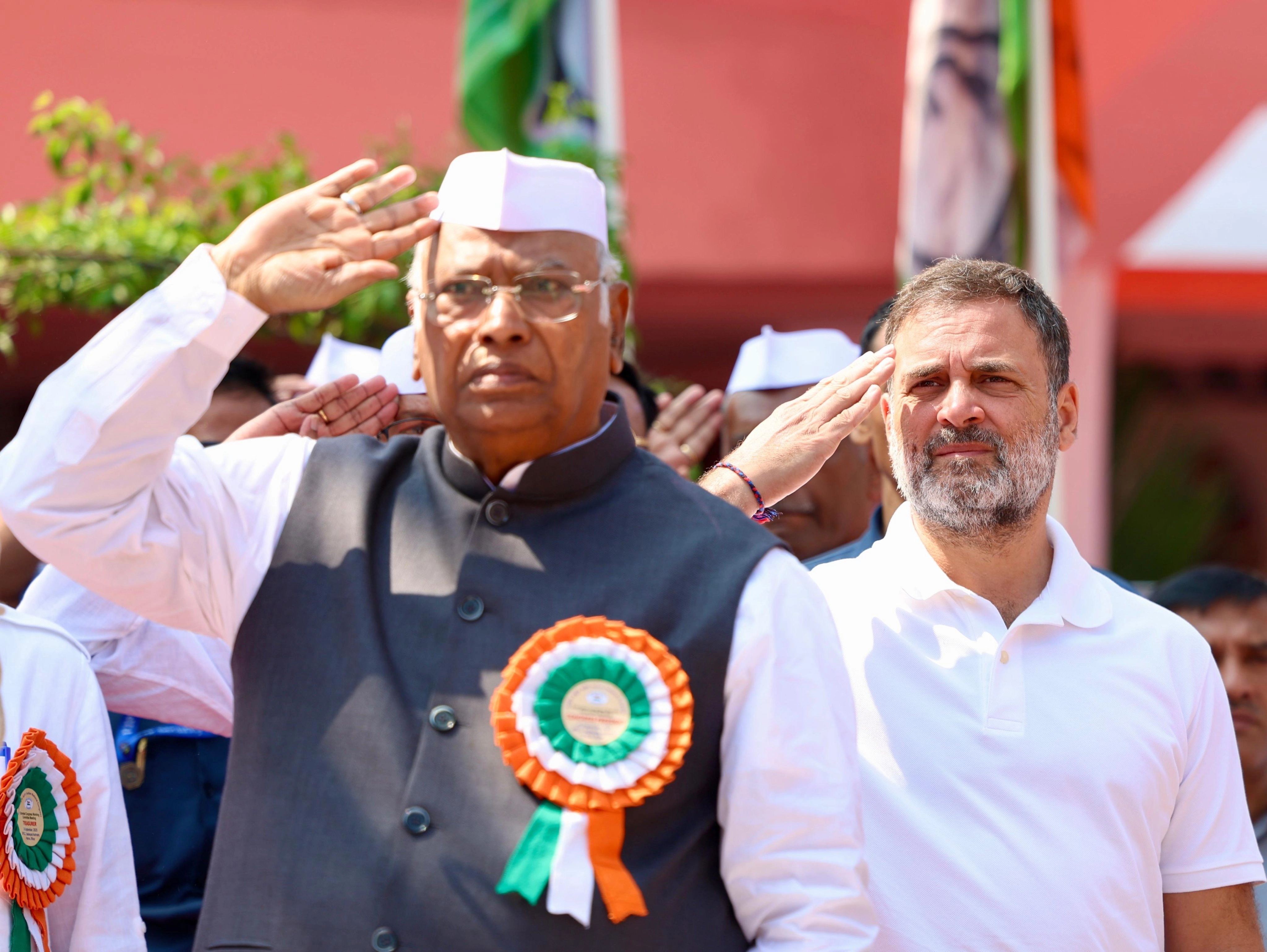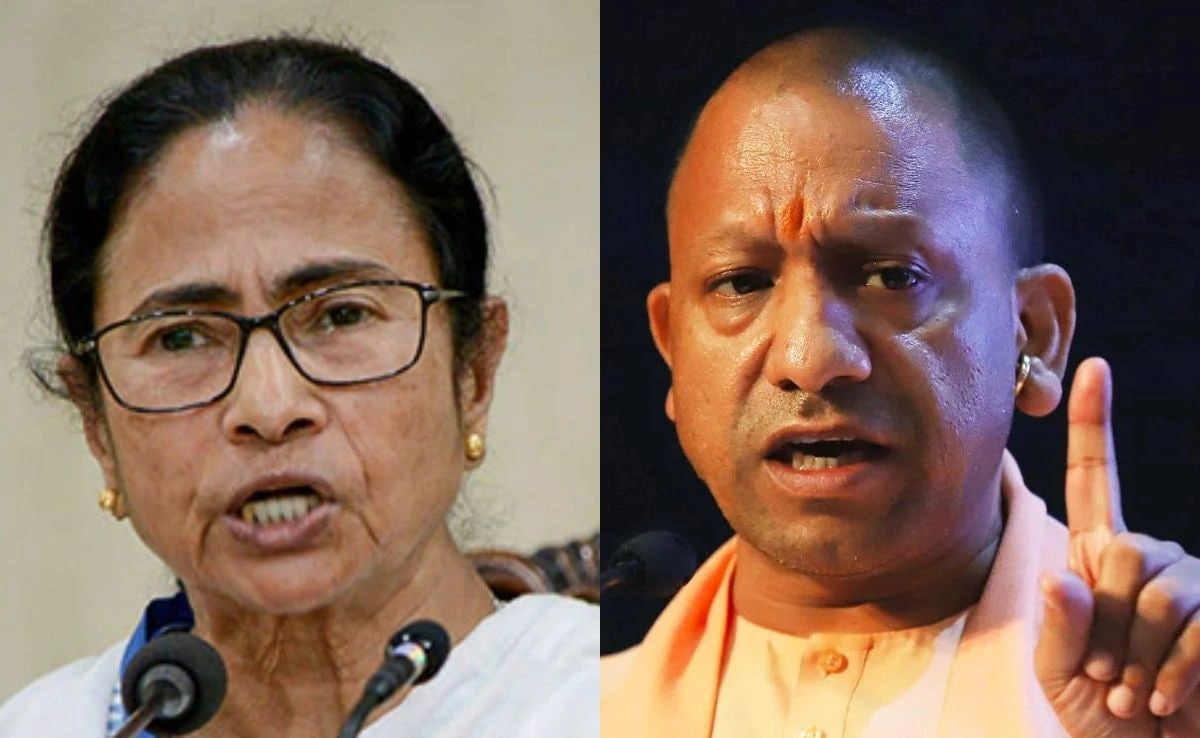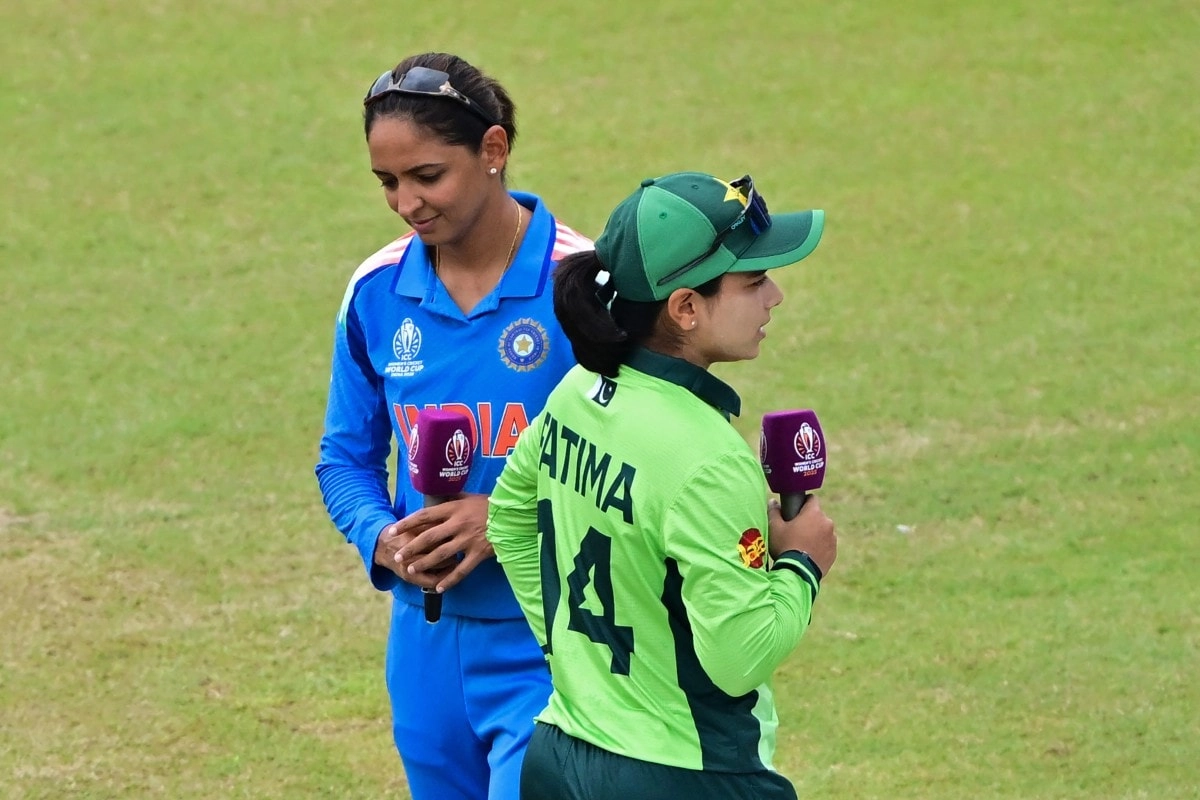The political landscape of Bihar has undergone significant transformations from 1940 to 2025, particularly when juxtaposing the Congress meetings of these two years. In 1940, India was on the brink of independence, and the Indian National Congress was at the forefront of the struggle against British colonial rule. During this period, the Congress party was characterized by its commitment to non-violent resistance and mass mobilization, attracting a diverse coalition of leaders and supporters from various social and economic backgrounds. Meetings during this time were focused on issues such as civil rights, land reforms, and the demand for self-governance, reflecting the aspirations of a nation yearning for freedom.
Fast forward to 2025, and the Congress party in Bihar finds itself navigating a vastly different political environment. The post-independence era has seen the rise of regional parties, a shift in voter demographics, and the emergence of new social issues. The meetings held in 2025 are marked by discussions on contemporary challenges such as caste dynamics, economic disparities, and the impact of globalization. The party’s approach has evolved to include strategies for coalition-building and grassroots engagement, recognizing the need to resonate with a younger, more diverse electorate. While the core values of the Congress party remain rooted in social justice and secularism, the methods and priorities have adapted to address the realities of modern governance.
Moreover, the technological advancements and the rise of social media have revolutionized political discourse, allowing for more direct communication between leaders and constituents. In 1940, the dissemination of information relied heavily on pamphlets and public meetings, while in 2025, digital platforms play a crucial role in mobilizing support and shaping public opinion. This shift has not only changed how meetings are conducted but also how agendas are set and priorities are debated within the party. The Congress’s ability to leverage technology and engage with voters on pressing issues like education, healthcare, and climate change has become essential for maintaining relevance in an increasingly competitive political arena.
In conclusion, the evolution of the Congress meetings in Bihar from 1940 to 2025 reflects broader societal changes and the ongoing quest for political empowerment and representation. The historical context of the freedom struggle has given way to contemporary challenges that require innovative solutions and adaptive strategies. As Bihar continues to navigate its political journey, the Congress party’s ability to learn from its past while embracing the future will be critical in shaping its role in the state’s governance and its relationship with the citizens it aims to serve. The journey from a colonial struggle to a modern democracy encapsulates not just the changes within the Congress party, but also the dynamic interplay of history, politics, and society in Bihar.




